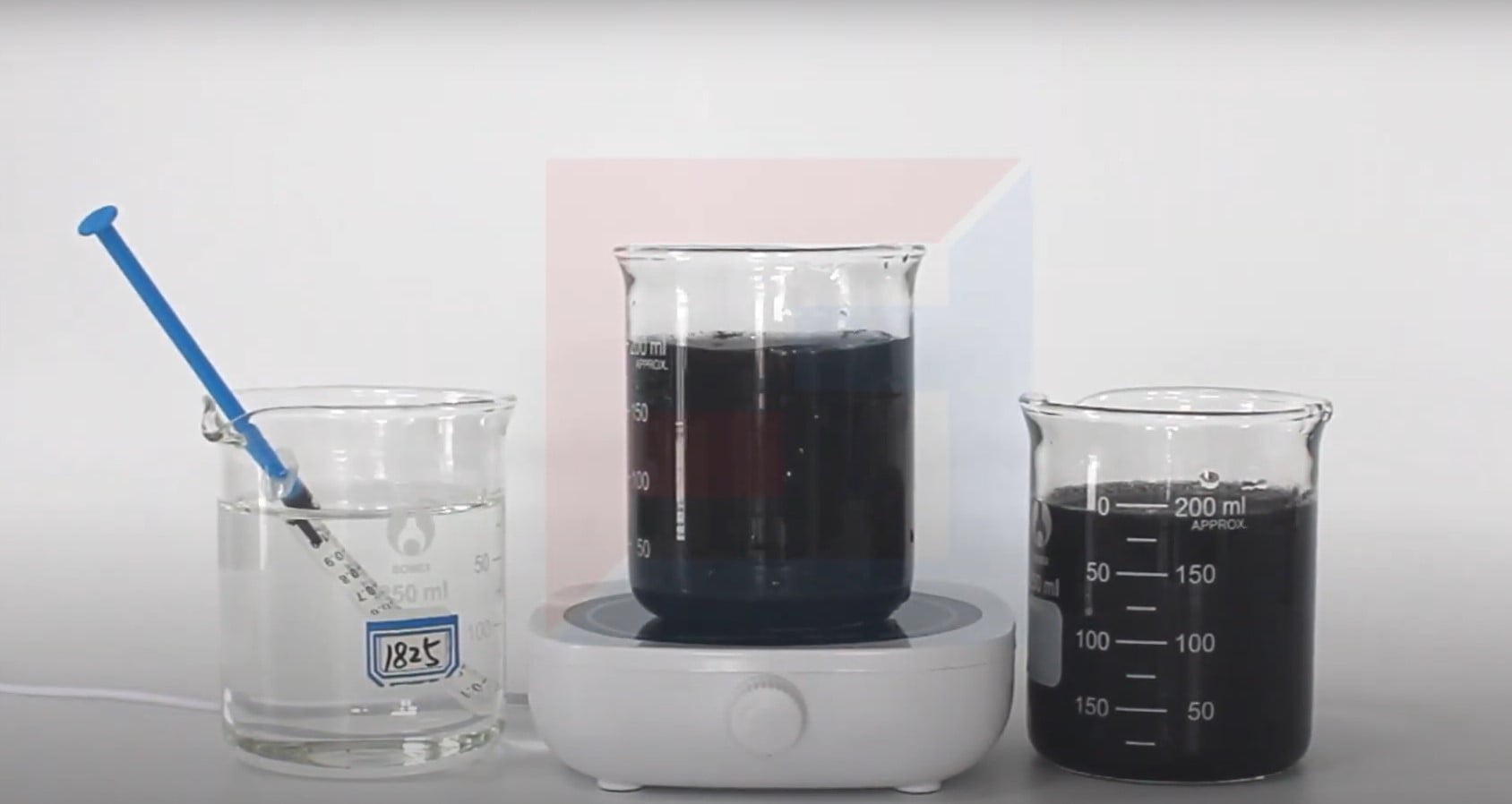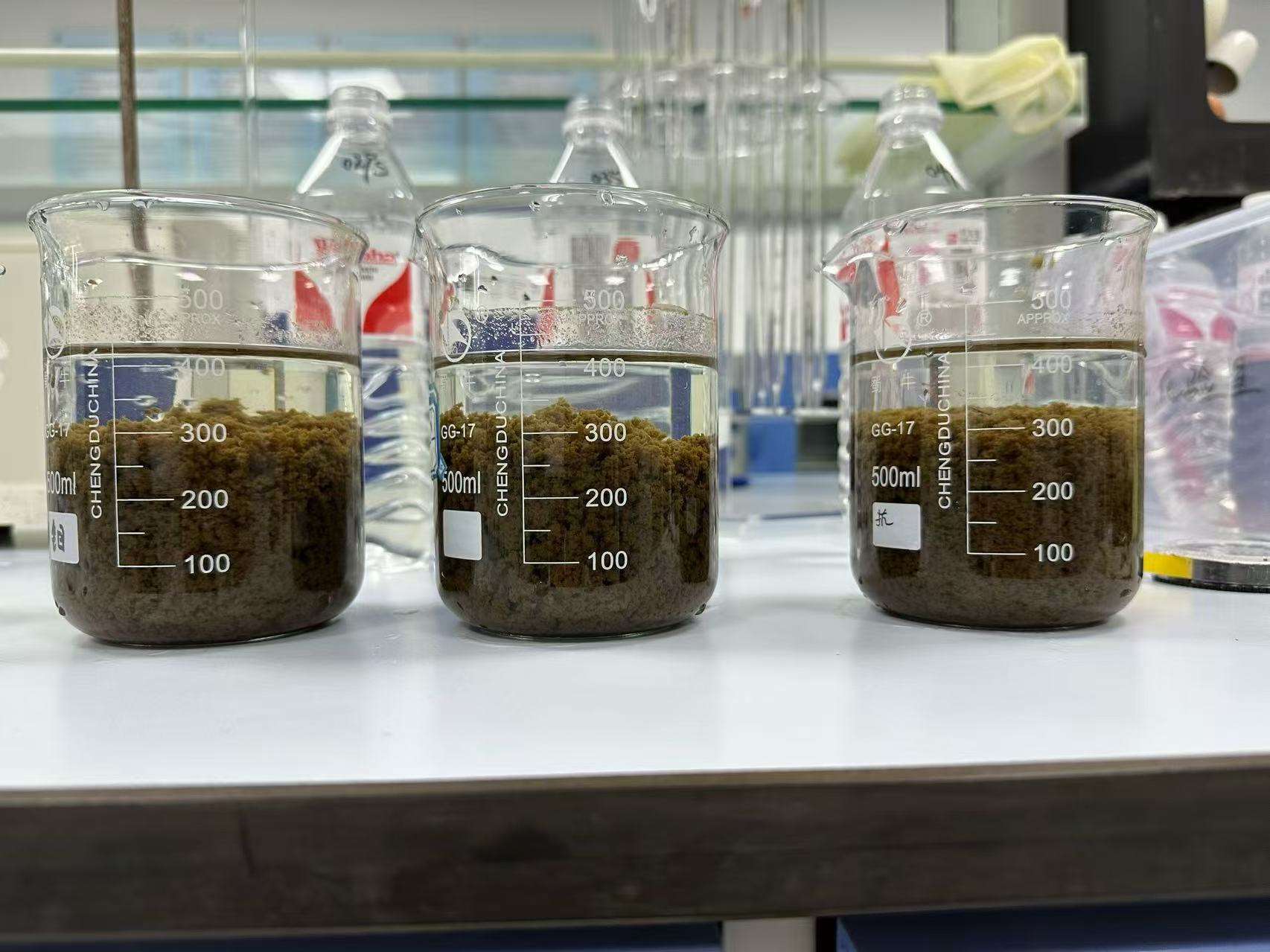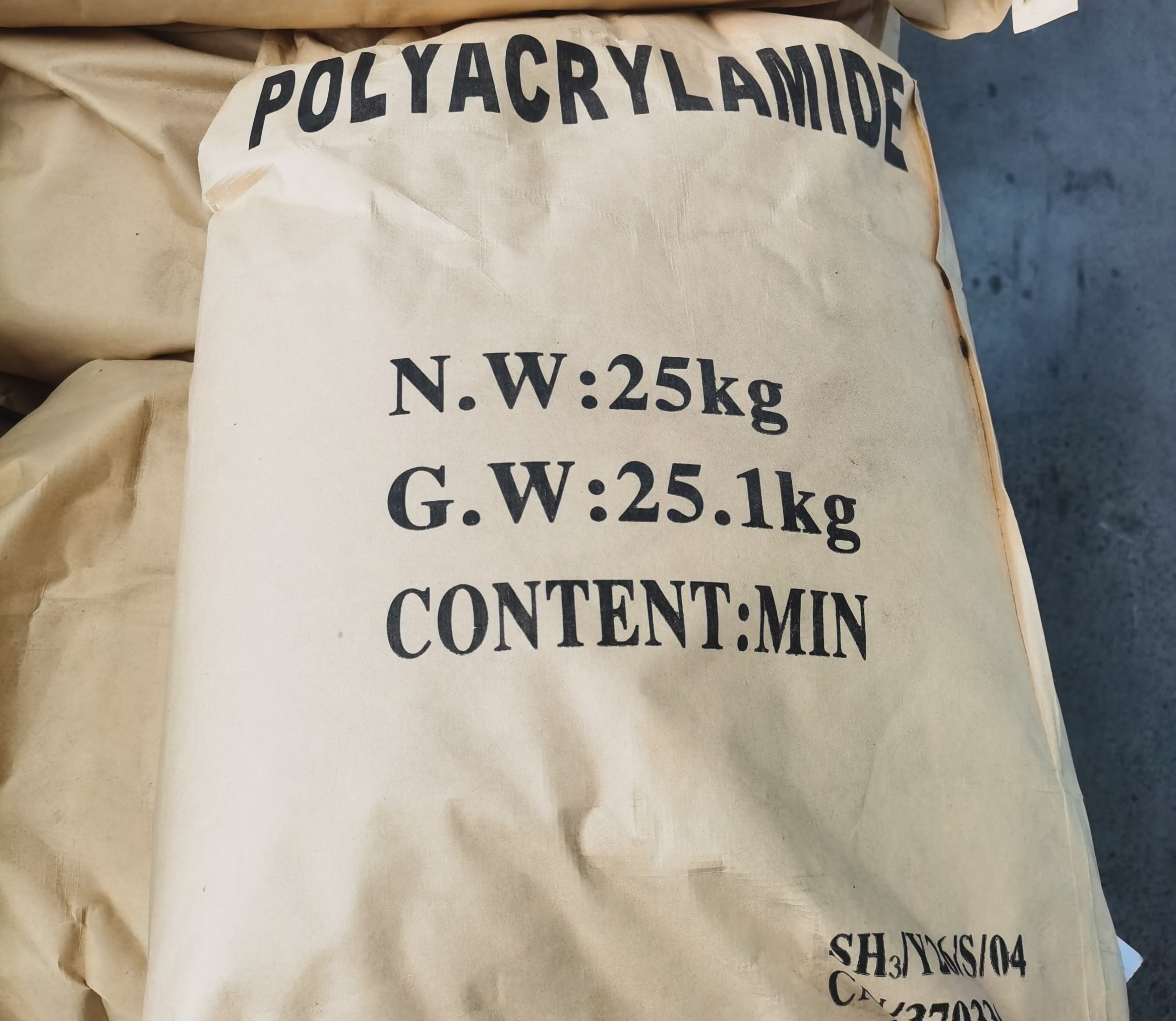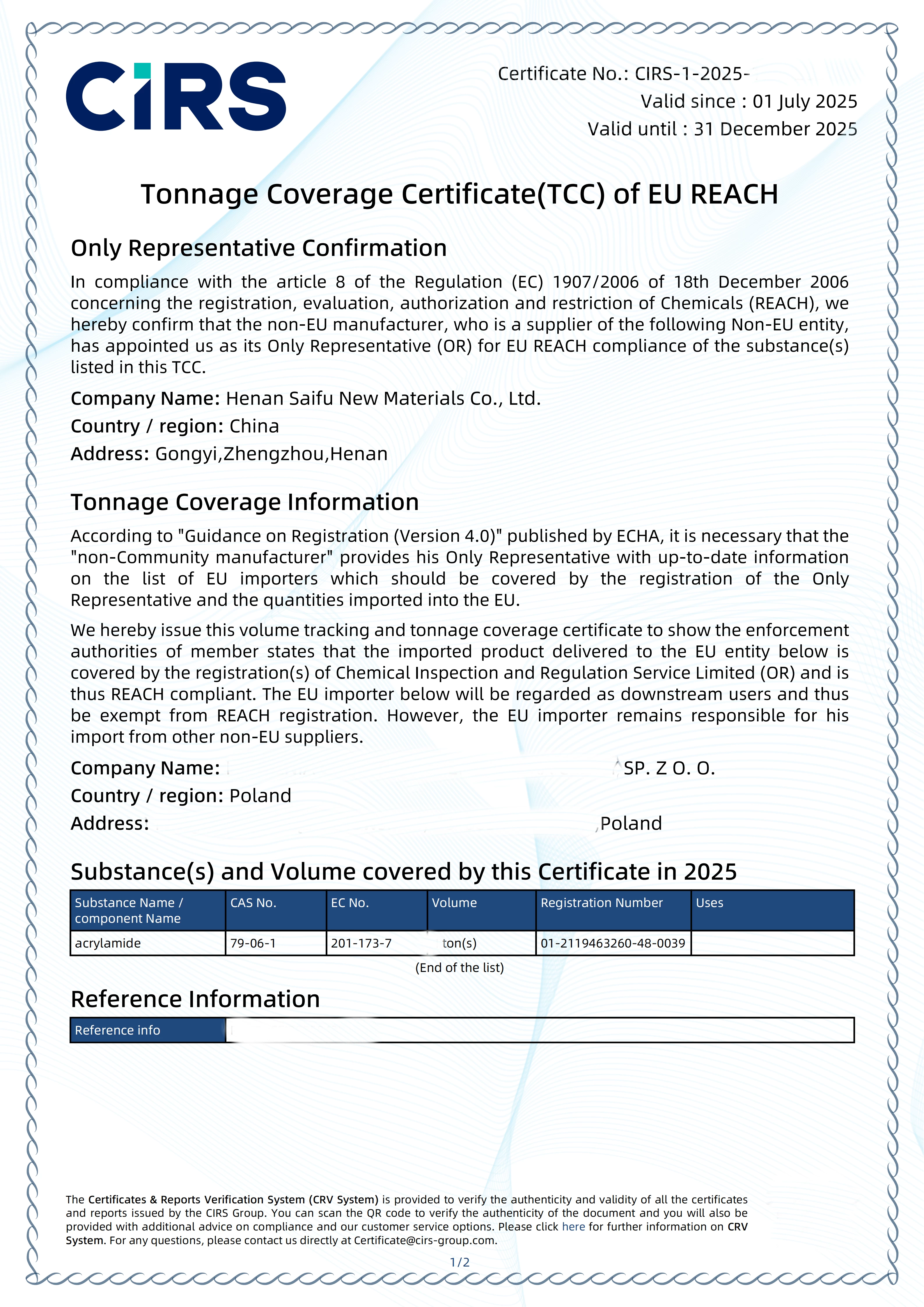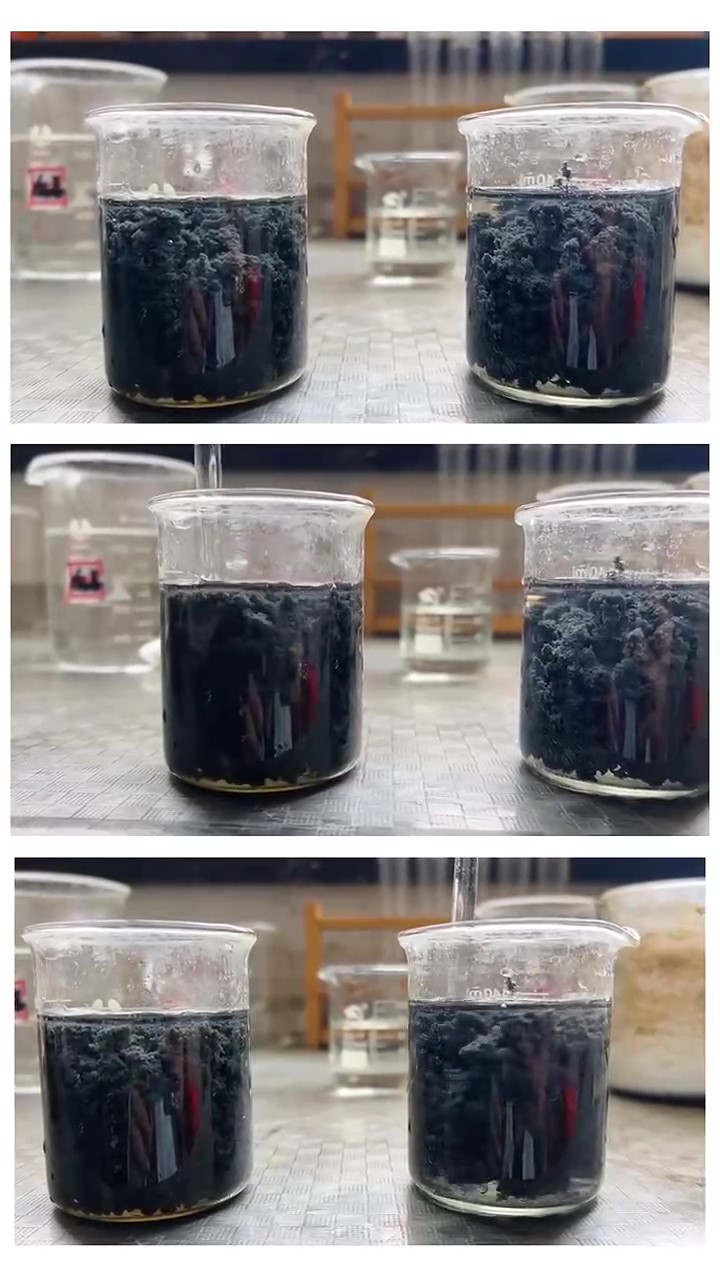خبير موثوق عالمي بمواد التكثيف لمعالجة مياه الصناعة الصناعية والغربلة — 3 عقود تقريبًا من الإنتاج الرقمي
تُشكل معالجة مياه الصناعة الصناعية في معالجة الحجر المعدني مثل الرخام والجرانيت، ومياه الغربلة الناتجة عن عملية الغربلة، تحدٍ أساسي لشركات هذه الصناعات — فالمواد العالقة عالية التركيز والجسيمات الغلutinية صعبة الترسيب، مما يؤدي ليس فقط إلى إهدار المياه، بل أيضًا إلى المخاطر القانونية بسبب عدم الامتثال لمعايير التخلص من المخلفات البيئية. اليوم، تعمل "سايفو …



